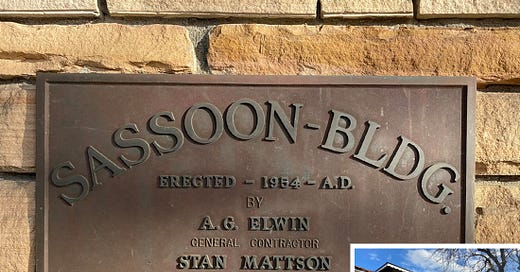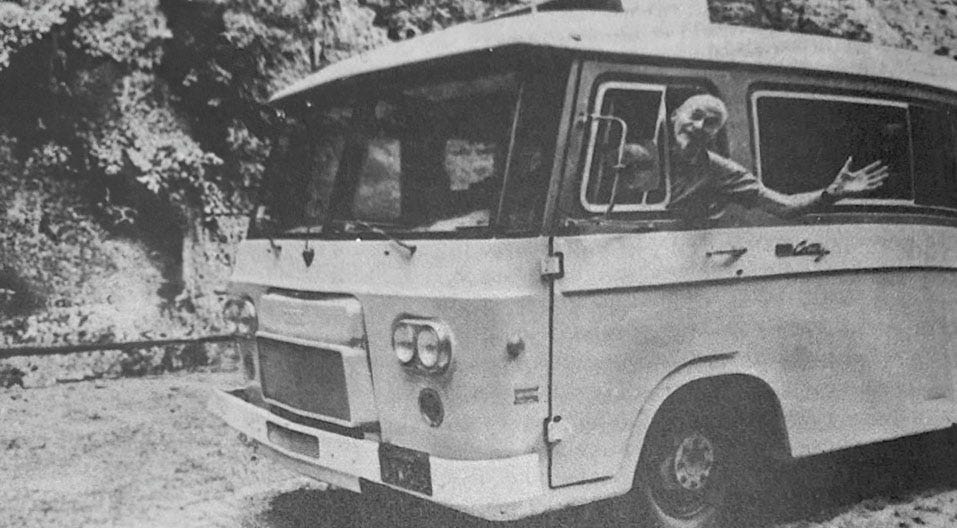At the height of his career, Dr. Walter Freeman's office was located a stone’s throw from Stanford University in downtown Los Altos, California. The building still stands at 91 Main Street. Doctor Freeman performed the first-ever lobotomy in the United States in 1936. People all over the country began lining up to get their own lobotomies and volunteering their family members for one, including Rosemary Kennedy—sister to the man who would later become President of the United States.
Rosemary was described by members of her family as a rebellious child who was prone to violent mood swings while she was growing up. In November 1941, Rosemary’s father took her to see Freeman, who diagnosed the 23-year-old woman with “agitated depression” and suggested she undergo a lobotomy to correct her erratic behavior.
80 percent of the lobotomies performed in the United States in those early years were carried out on women.
He botched Kennedy's lobotomy badly, but the incident did little to damage Freeman’s reputation. He soon began looking for a more efficient way to perform the operation without drilling directly into the skull. As a result, he created the transorbital lobotomy in which an ice-pick was forced through the back of the eye sockets to pierce the thin bone that separates the eye sockets from the frontal lobes. This procedure—which later became known as the Ice-Pick Lobotomy—could be performed in under ten minutes without anesthetic.
Freeman took to the road with his ice-pick and hammer, touring hospitals, mental institutions, and residential neighborhoods around the country. He performed Ice-Pick Lobotomies for all kinds of conditions, including headaches and arthritis. Eventually, he began performing the operation in his modified motorhome—which his critics dubbed “the lobotomobile.”
At one point, he was performing as many as 25 lobotomies in a single day. He even performed them on children as young as 4 years old. Years later, one of them spoke of the frightful incident: “I’ve always felt different—wondered if something’s missing from my soul. I have no memory of the operation and never had the courage to ask my family about it.”
Over the course of three decades, Freeman performed an estimated 4,000 lobotomies, despite the fact that he had no surgical training. He performed his final ice-pick lobotomy on a housewife named Helen Mortenson in February 1967. She died of a brain hemorrhage. It was then that the public learned that as many as 100 of his patients died the same way.
He was banned from performing medical procedures at some point in 1967, and Freeman's career was finally over. Yet, Freeman's Ice-Pick Lobotomy eventually spread across the rest of world. But thankfully, lobotomies are rare today.
The disgraced doctor sold his Los Altos home and spent the rest of his days traveling the country in a camper van, visiting his old patients, and trying desperately to prove that his procedure had transformed thousands of lives for the better.
Freeman died of cancer in 1972.


⭐⭐⭐⭐⭐ "I am an avid reader of mob and true crime novels. This is one of the best I have ever read." - Amazon review
⭐⭐⭐⭐⭐ "What a page turner! This story is an amazing piece of investigative work—both compelling and heartbreaking." - Amazon review
⭐⭐⭐⭐⭐ “I’d seen the author’s work in OZY but was blown away by this book. It’s SUCH a great read, written from the heart! Full of interest for those historians of the hippie generation, North Beach, corrupt cops, mobbed up pols, and San Francisco in general. Very well written and paced up to the last pages. Truth is indeed stranger than fiction. Buy this book now!" - Amazon review








Wow, very interesting.